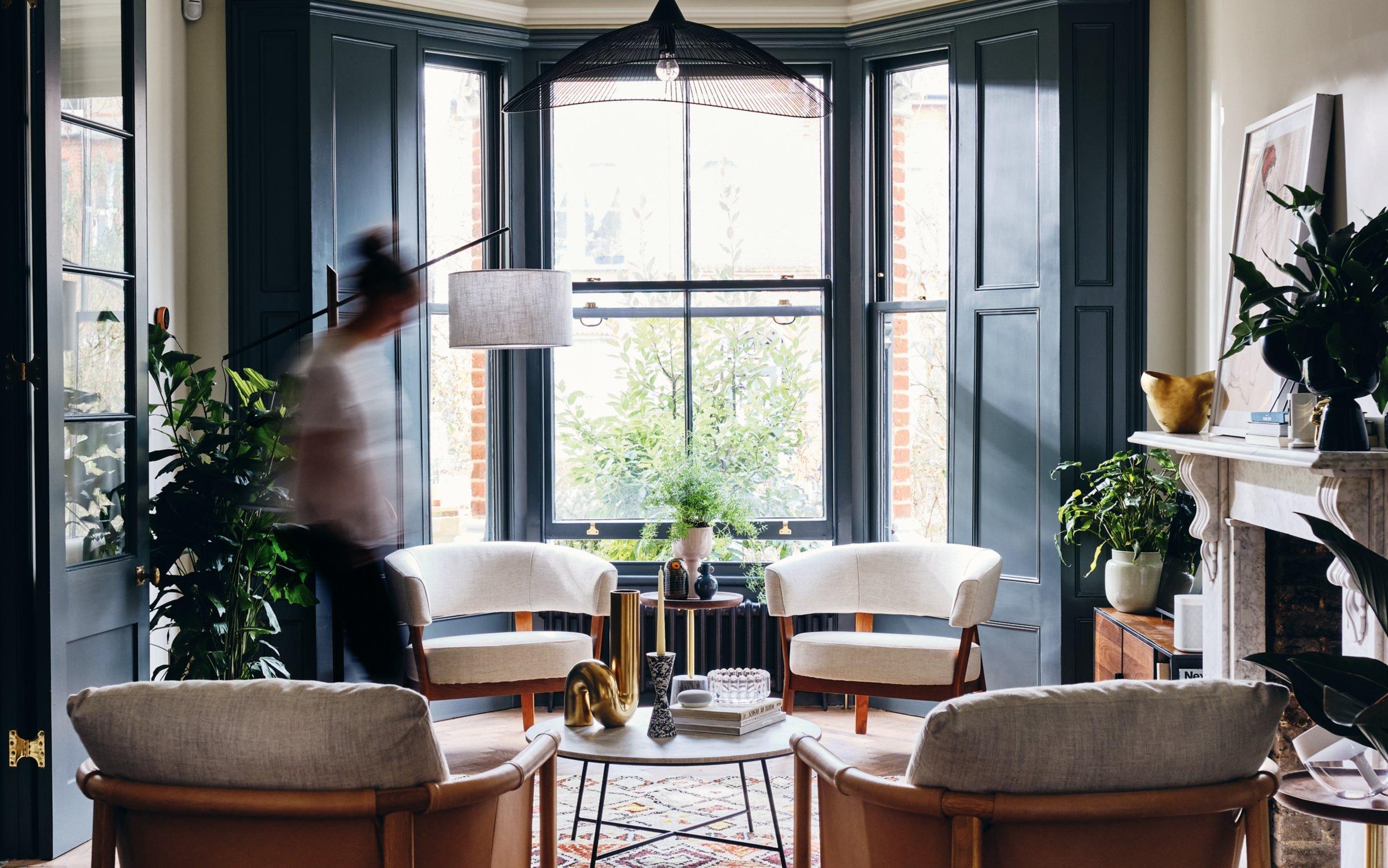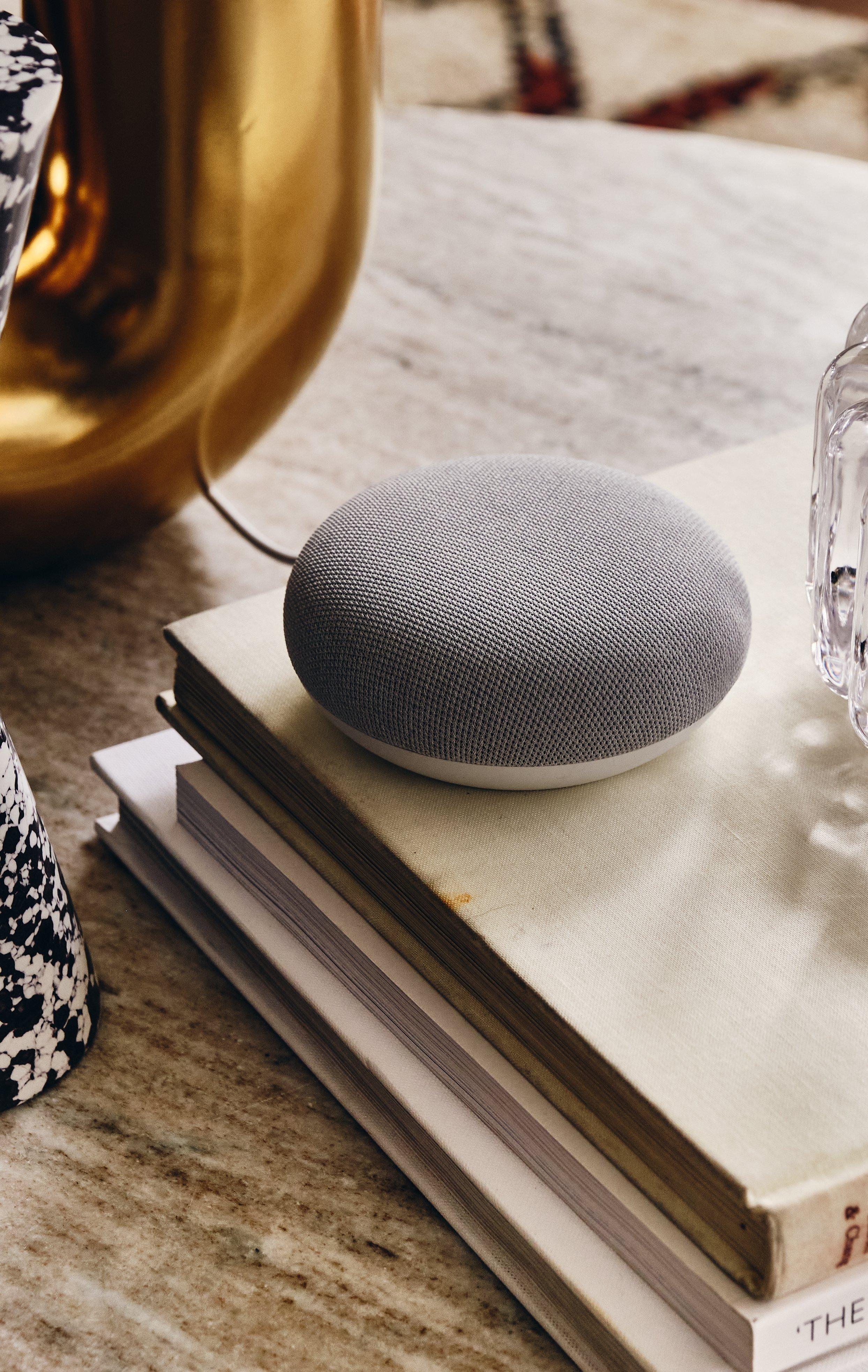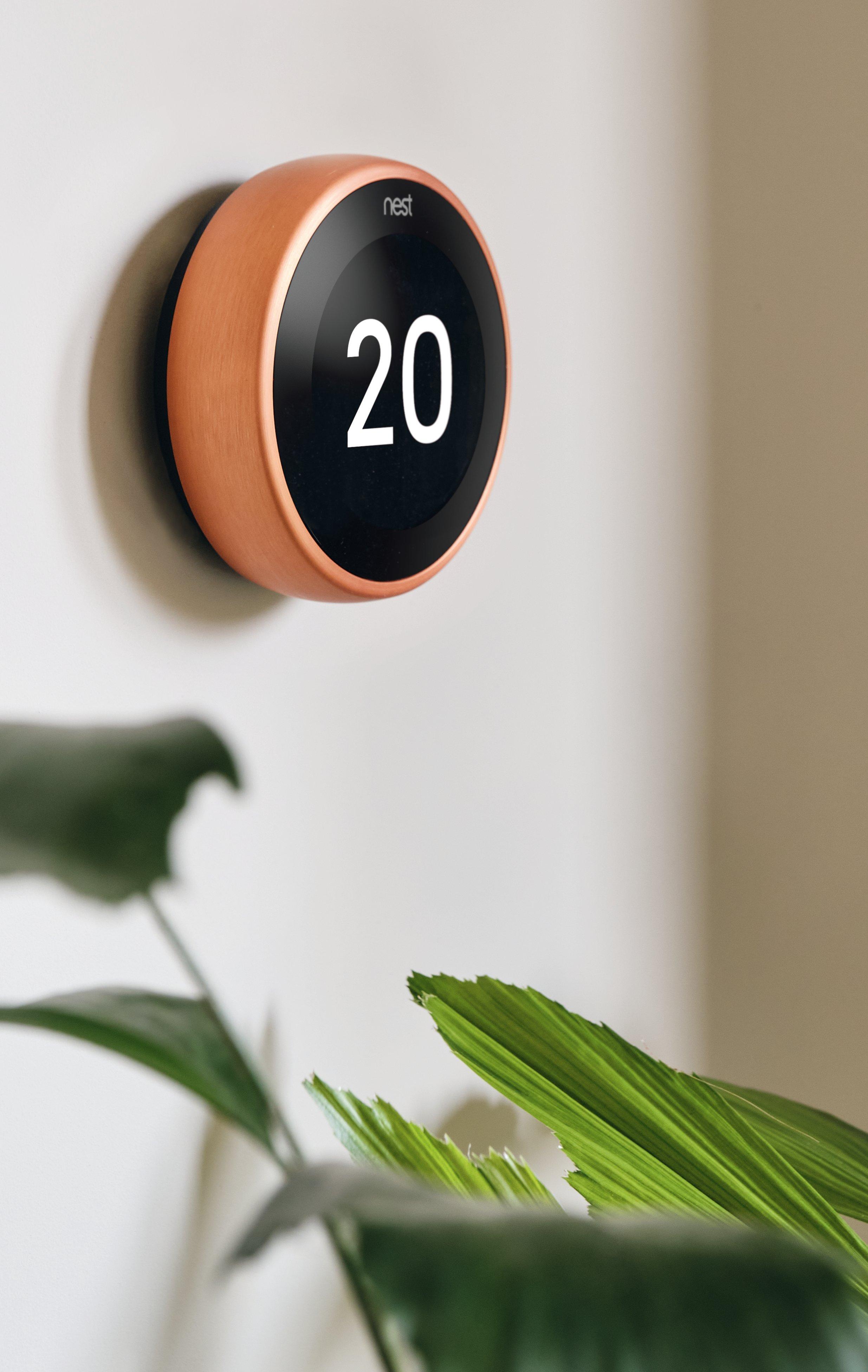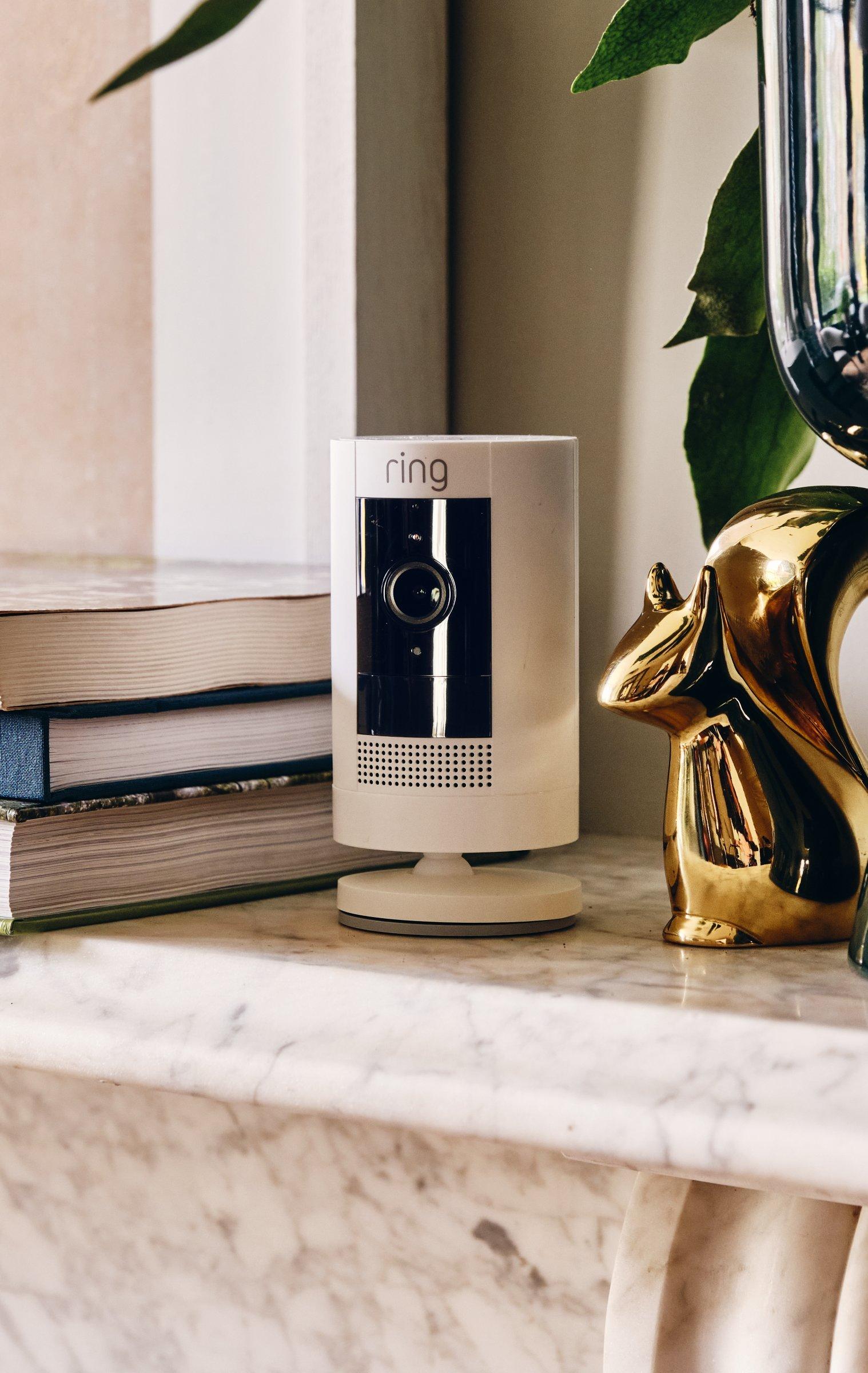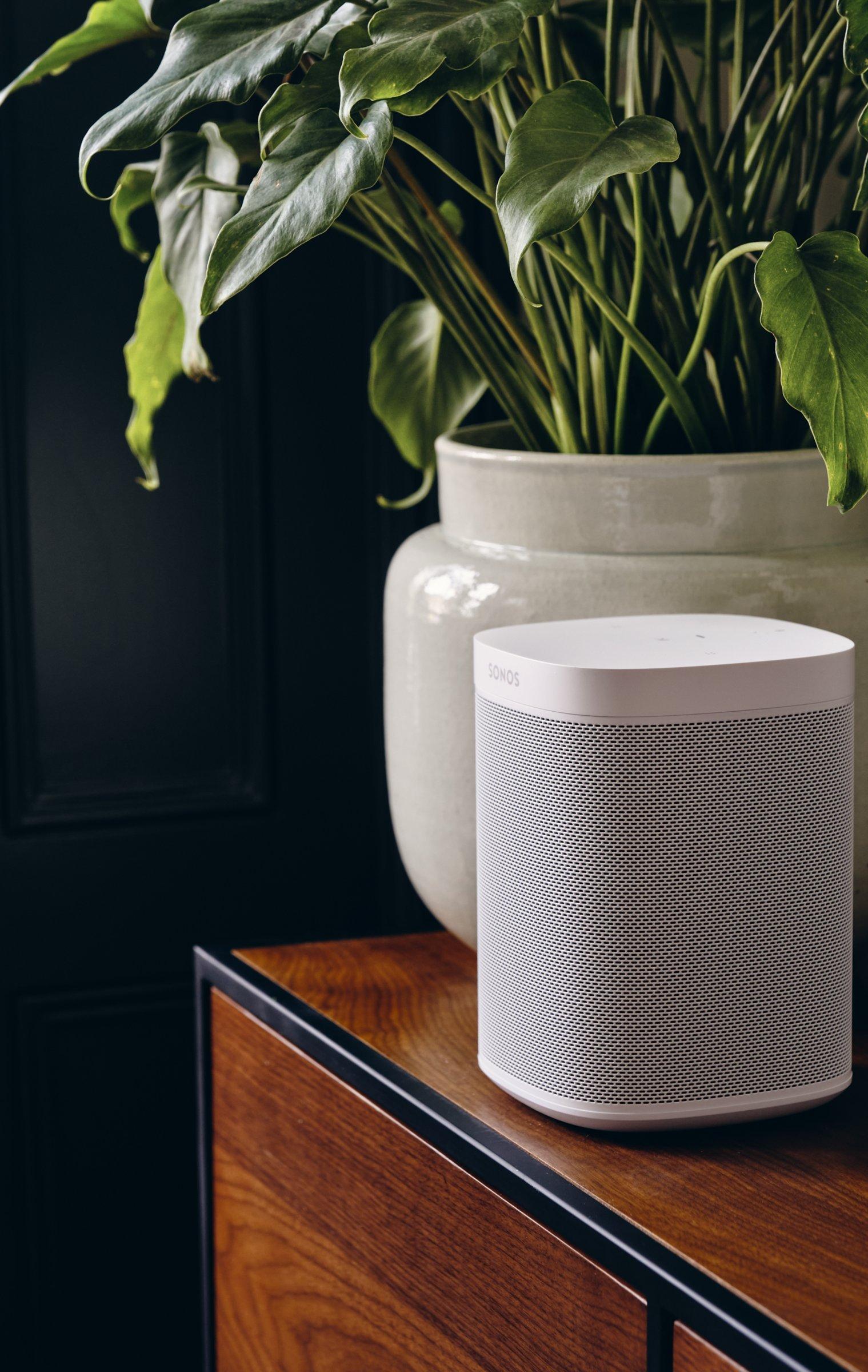How to create a smart home
Use the latest technology to make your home work smarter and harder, so you don’t have to
The smart home is developing fast. The technology used to just allow you to turn on a light or two, but it’s now developed into a network of compatible devices which can play music, close the blinds, activate the TV, adjust the heating and much, much more.
This kind of home automation has been around for decades but it used to be the province of high-end custom-install experts. Now it’s within the reach of everyone.
The results can be powerful. If you’ve been away for a while, for example, and are about to start the long drive home, you can turn on the central heating before you set out, so you’re greeted by a toasty warm house when you reach your front door.
Similarly, if a smoke detector senses there is a fire, you can set it so that it automatically turns off the central heating. And there are few things as convenient as a video doorbell so you can talk to someone delivering a parcel without even leaving the sofa.
The voice assistants
You don’t have to control your smart home with your voice, but it’s a great option and there are three virtual assistants to help you. Apple’s Siri, pre-installed on iPhones, is also on its HomePod mini smart speakers. Google Assistant is found on android smartphones, Google Nest speakers, and plenty of other devices. Amazon Alexa appears on Echo speakers and many other pieces of kit.
There’s a lot of cross compatibility between smart home gadgets, but the most seamless connection comes from combining ones from the same ecosystem. So, for instance, if you have a Google Nest Hub (a speaker with a screen), the Google Nest video doorbell will automatically show who is at the front door on the Hub’s screen (as well as on your smartphone or computer).
Of the three, Alexa is the smartest assistant, Google Assistant excels at answering questions and Siri, though less advanced, is still the best choice for Apple users, where its integration is sublime.
The smart speaker
Smart speakers are a great place to start when putting together a smart home. Many recent speakers already include the electronic hub you need for instant compatibility with many devices. Previously you needed a separate smart hub for Philips Hue bulbs, for instance – now they can be controlled out of the box through both Google Assistant and Amazon Alexa devices.
Smart speakers can tell you the weather, the current exchange rate or the latest sports score. They can answer questions from mathematical to historical, tell you a joke or even play games. Of course, being speakers, they’re designed to play music as well, so choosing one that sounds good is important.
The Amazon Echo is synonymous with the smart speaker, and the latest model is the company’s cleverest yet. The spherical shape means it can project strong sound in every direction. It also delivers more bass than the small size might suggest.
The Google Nest Hub 2nd gen has a 7in screen which can show the weather, what your smart home gadgets are doing and much more. You can even watch Netflix or Disney+ on it. It’s ideal for the bedroom because it also has a clever new sleep tracking option. As with the Echo, there’s no camera on this device, but it uses microphones and a form of radar to understand how well you’re sleeping. You can even set it to measure your snoring…
When Apple released its latest smart speaker, the HomePod mini, everyone was taken aback by the low price. It’s near-spherical, with a circular touchscreen on its flat top. Though smaller than the Echo, the audio quality is exceptional. Walk up to it with an iPhone and as you tap it on the speaker, the music you’re playing on your phone will transfer to the Home Pod mini.
If you want a smart speaker that can answer your questions but also play music in real quality, the Amazon Echo Studio is among the best single speaker options. It has strong audio across the board and pumps out plenty of bass.
Or there’s the versatile Sonos Arc. It’s primarily a soundbar that’s designed to make your TV sound great, but the audio is easily good enough for it to serve as a full-on hi-fi too. And it’s compatible with both Amazon Alexa and Google Assistant.
Energy
Controlling your home’s temperature from wherever you are is a key part of the smart home concept. Google Nest’s range includes the Google Nest Learning Thermostat, which can even learn to tell when everyone’s gone out and adjust the heating accordingly. Tracking your habits over time, it can anticipate what you’ll want your heating system to be doing at any given time. Or there’s the elegant Hive, which can allow you to control your heating and hot water from your phone.
Home security
Cameras and smoke alarms are another key function for smart home gadgets. The Arlo Smart Video Doorbell alerts you when someone rings the bell by making a call to your smartphone. Tap a button and it shows a video of who’s at the door. A two-way speaker means both parties can talk to each other, whether you’re upstairs or miles away. It’s battery-powered so installation is simple. The Ring Smart Video Doorbell 1 does a similar job. It’s chunkier, but also more affordable.
When it comes to security cameras, there is a wide range to choose from. The Google Nest Cam Indoor can perch almost anywhere (it has a magnetic base for added stability). It can send you an alert if the dog’s barking and can be set to respond to only certain parts of the camera’s view (a subscription is required for some features).
The Hive View Indoor security camera is among the most attractive pieces of smart home hardware. It’s also clever enough to alert you if it sees a person, but not if it spots a pet. Of course, you may want to keep an eye on the outdoors, in which case the Arlo Pro 3 has two cameras which are battery-powered and weatherproof. They attach magnetically to wall mounts and can be adjusted to point exactly where you need them to.
Being able to control the cameras, download the footage or just check in, all from your smartphone, are just a few of the smart home benefits these cameras offer.
To keep your home free from smoke or carbon monoxide, check out the Google Nest Protect. It’s available in wired or battery versions. No longer will you be awoken by a desperate beeping as the battery runs out at the worst moment – it’ll warn you beforehand. And instead of a jolting alarm sounding when you burn the toast, a voice will let you know where the smoke has been detected. If it’s under control, a long-press on the Nest app on your phone will silence it. It can even be set up to shine a gentle night light when you pass it in darkness.
Speaking of light, smart lights can help keep the home secure. The Philips Hue White and Colour Ambiance Wireless Lighting LED Starter Kit includes two bulbs that can be changed through endless colours, turned on and off remotely and set to routines. And in your living room, they can contribute in other ways, adjusting automatically to create different moods.
Living room and kitchen
Here’s where it all comes together. Once you’ve set up the right routine on an iPhone or iPad, you’ll be able to turn to the HomePod mini and say, ‘It’s movie night.��� Then the Philips Hue lights will dim and the Apple TV streaming box will turn on. You just need to supply the popcorn.
Play your music through a Sonos One and control it via Alexa or Google Assistant. Follow a recipe on the 10.1in display of the all-new Amazon Echo Show 10 and it’ll even rotate to follow you round the kitchen so you can always see the instructions.
And all the time, you can relax in the knowledge that the gadgets in your home are working together, ready to respond to the tap of a screen or a voice command.

